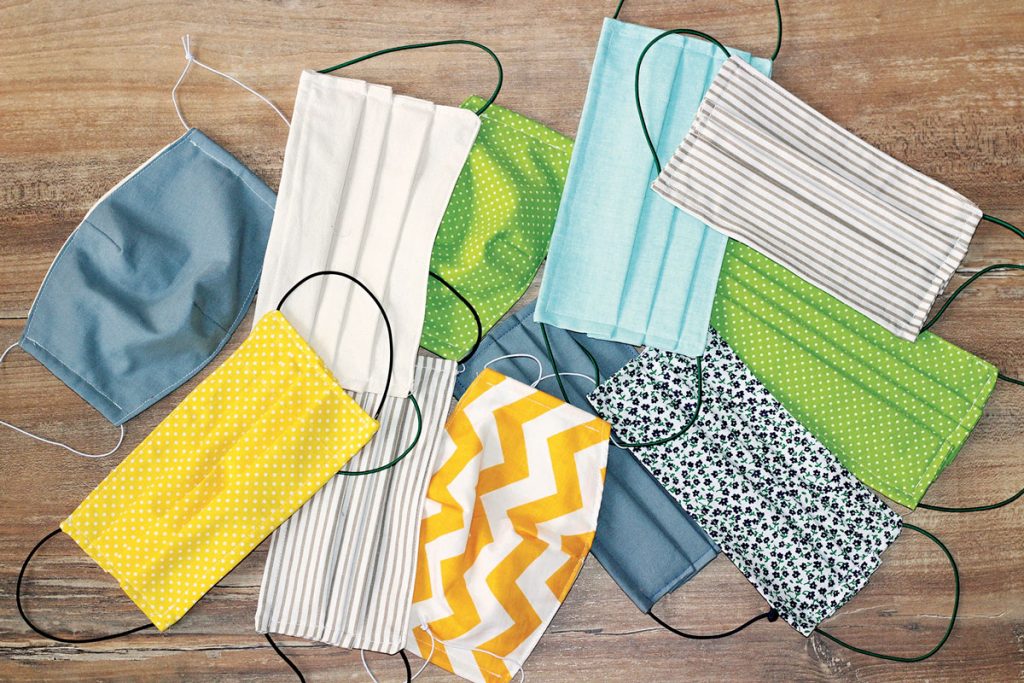Cloth masks, particularly those with several layers of cotton cloth, can reduce transmission of COVID-19 by blocking up to 99 per cent of infectious particles, say researchers.
For the findings, published in the journal Annals of Internal Medicine, the research team examined a century of evidence, including recent data and found strong evidence showing that cloth and cloth masks can reduce contamination of air and surfaces.
“The point is not that some particles can penetrate the mask, but that some particles are stopped, particularly outwardly, from the wearer,” said study first author Catherine Clase from McMaster University in Canada.
“Ideally, we would want a mask to work in both directions, protecting the wearer from the environment and reducing the contamination of the environment — air and surfaces — by the wearer,” Clase added. The review suggests that cloth can block particles, even aerosol-sized particles, and this supports Canadian public health policy on the issue. Whether cloth masks protect others from the wearer was studied in the 1960s and 1970s, the researchers said.
According to the study, a mask made of three layers (muslin-flannel-muslin) reduced surface contamination by 99 per cent, total airborne microorganisms by 99 per cent, and bacteria recovered from the smaller particles, aerosols, by 88 per cent to 99 per cent. A commercial mask made of four-layer cotton muslin was shown to reduce all particles by 99 per cent, compared with 96 per cent to 99 per cent for contemporary disposable medical masks.
Even for aerosols, the cloth mask was comparable with the medical masks of the day, the researchers said. The filtration of cloth is quite variable and single layers of the scarf, sweatshirt and T-shirt may be in the 10 to 40 per cent range. But multiple layers increase efficiency, and modern studies have confirmed that some combinations of cloth, for example, cotton-flannel, block more than 90 per cent of particles.
“Our work is just one part of a complex puzzle. In terms of making masks, it is important to realise that more layers will give more protection, both inward and outward, but will make it harder to breathe,” Clase said. The researchers note that more research is also needed into the best materials and design of cloth masks, to help the many people who are sewing masks to protect people in their community.
Another study, published last month in the journal ACS Nano, revealed that a combination of cotton with natural silk or chiffon can effectively filter out aerosol particles.
IANS
